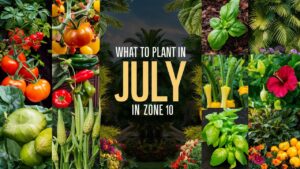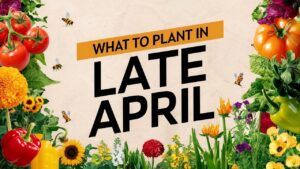Below is a detailed breakdown of the vegetable, flower, herb, and landscape plant options appropriate for mid-June, providing insights into each plant’s growth needs, temperature tolerances, and best practices.
Vegetables To Plant
Tomatoes
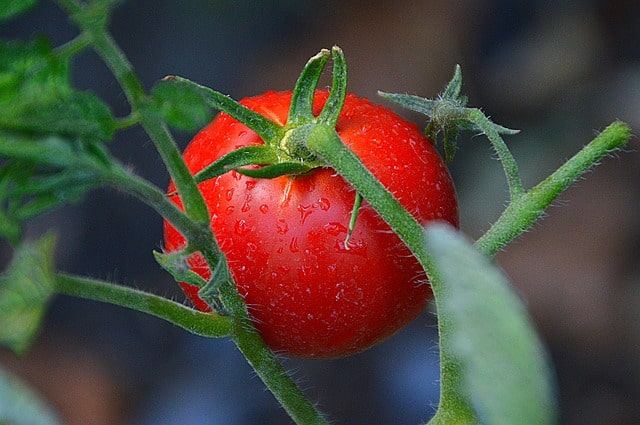
Temperature Tolerance: Tomatoes flourish when daytime temperatures are consistently between 70°F to 85°F (21°C to 29°C). Nighttime temperatures below 50°F (10°C) can hinder fruit set.
Planting Dates: Tomatoes should generally be planted outdoors after the last frost, often between late spring and mid-June in most USDA Zones. Depending on the zone, this can fluctuate; for example, Zone 5 might plant in early June, while Zone 9 can plant throughout June.
Details: Tomatoes are among the most beloved garden crops. Grown as annuals, tomatoes can be either determinate (bushy types that set fruit all at once) or indeterminate (vining types that produce fruit continuously). Ensure soil is well-draining and rich in organic matter. Consistent watering is crucial, particularly during hot spells, to prevent issues like blossom end rot. Look for disease-resistant varieties to manage potential challenges.
Cucumbers
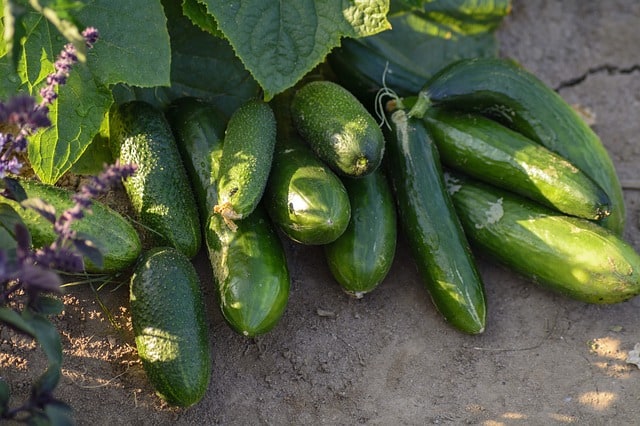
Temperature Tolerance: Cucumbers thrive at temperatures between 70°F and 95°F (21°C to 35°C), but extreme heat or cold can stunt their growth.
Planting Dates: Direct sow cucumber seeds from mid-June to early July, especially in Zones 6 through 9, where warm soil ensures quick germination.
Details: Cucumbers are rapid growers, making them ideal for mid-June planting. They prefer full sun and need consistent moisture. To promote healthy crops and minimize disease risk, consider trellising them to improve airflow and yield while also saving garden space. Harvest cucumbers when they are young and tender for the best flavor.
Beans
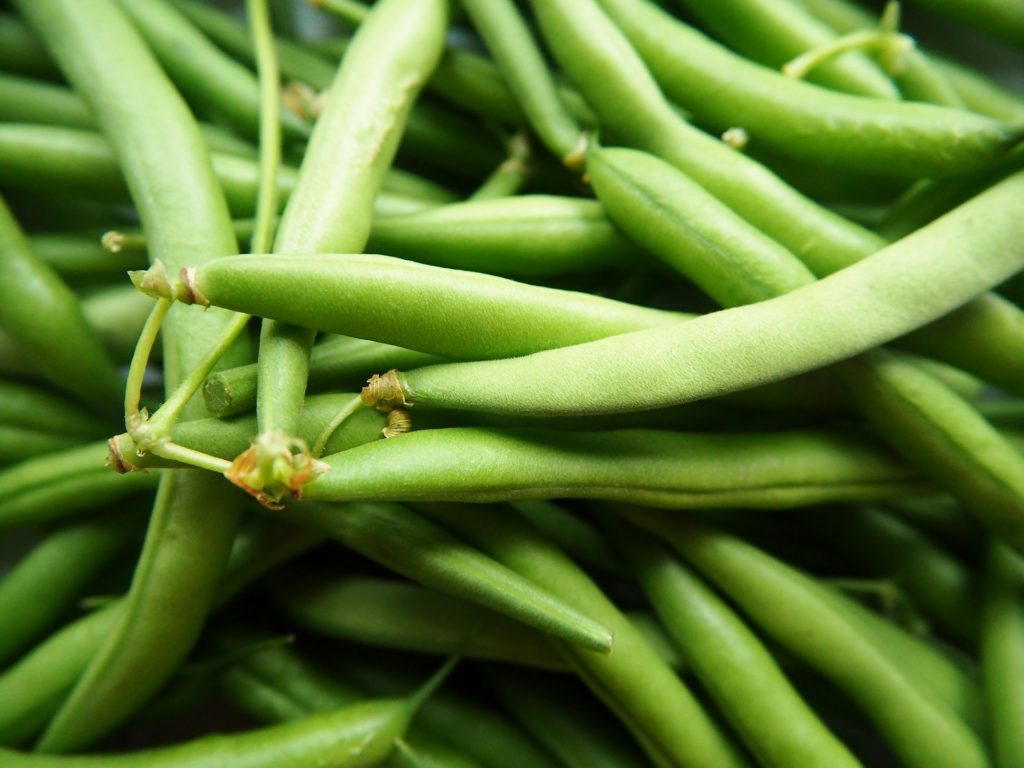
Temperature Tolerance: Beans are particularly sensitive to frost and prefer temperatures between 70°F and 90°F (21°C to 32°C).
Planting Dates: Direct sow beans in mid-June, especially in Zones 5 through 8, where the soil warms adequately.
Details: Both bush and pole beans are excellent choices, thriving in nutrient-rich, well-drained soil. Beans not only provide delicious pods but also fix nitrogen in the soil, improving fertility for subsequent crops. Regular watering helps maintain healthy growth. Harvest them promptly to encourage continued production and deter larger beans.
Zucchini
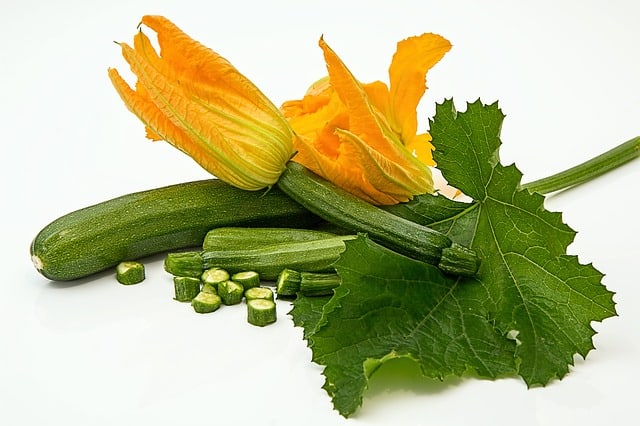
Temperature Tolerance: Zucchini thrives in warm weather, preferring temperatures around 65°F to 95°F (18°C to 35°C). However, they require consistent moisture.
Planting Dates: Plant zucchini seeds outdoors in mid-June for optimal growth and production, particularly in warmer zones where frost is no longer a concern.
Details: Zucchini is prolific and can produce abundantly. These plants grow best in sunny locations, and soil high in organic matter is beneficial. Regular harvesting of fruits is recommended to encourage more production. Be wary of pests like squash bugs and cucumber beetles, which can infest zucchini plants. Employ companion planting strategies with herbs such as basil to deter pests.
Peppers
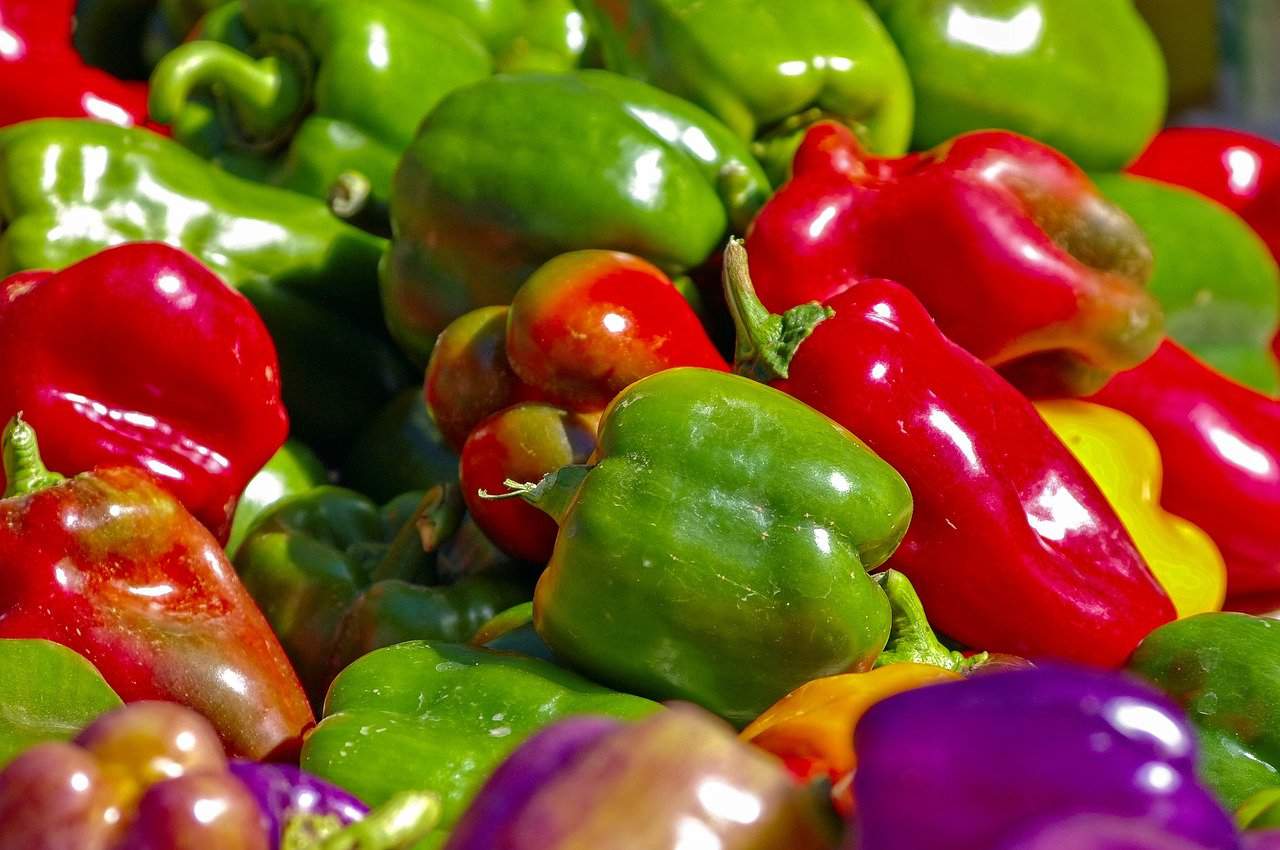
Temperature Tolerance: Peppers flourish in warm conditions, ideally at temperatures between 70°F and 85°F (21°C to 29°C). They are sensitive to frost.
Planting Dates: Mid-June is an excellent time for planting pepper seedlings, particularly in Zones 5 through 9, once the danger of frost has passed.
Details: Peppers come in numerous varieties, including bell, jalapeño, and habanero. They thrive with ample sunlight and benefit from rich, well-drained soils. Fertilizing regularly can boost yields. Keep soil evenly moist and monitor for pests, such as aphids, by using integrated pest management techniques.
Corn
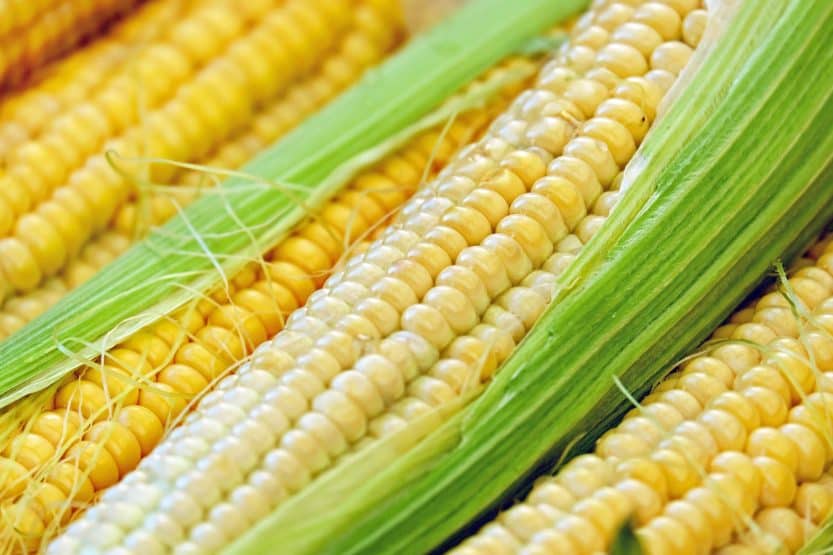
Temperature Tolerance: Corn prefers warm soil, thriving in temperatures between 60°F to 95°F (16°C to 35°C).
Planting Dates: Mid-June is optimal for sowing corn seeds, especially in Zones 5 and above, where soil temperatures consistently support germination.
Details: Corn requires full sun and nutrient-rich soil. It’s best planted in blocks for better pollination. Water regularly during dry spells, particularly as ears begin to form. Applying mulch helps retain soil moisture, enhancing growth. Harvest corn when the kernels are plump, typically a few weeks after silk formation.
Okra
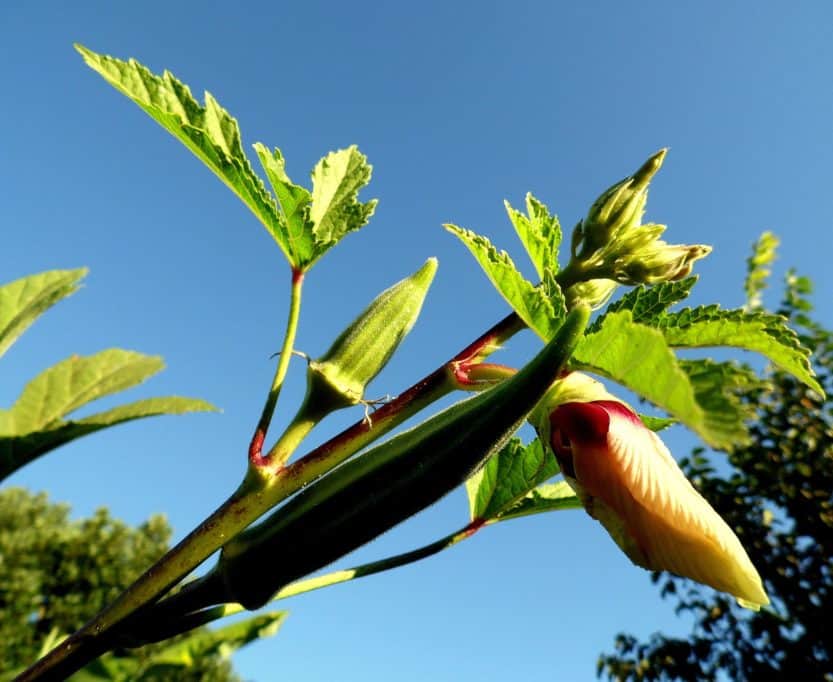
Temperature Tolerance: Okra thrives at temperatures between 70°F to 95°F (21°C to 35°C) and is very drought-resistant once established.
Planting Dates: Plant seeds or transplants in mid-June in zones 6 and warmer, marking a great opportunity for a summer crop.
Details: Okra loves heat and can produce from mid-summer until the first frost. It grows best in well-drained, fertile soil. Regular harvesting of pods encourages more production for the rest of the season. Be cautious of aphids and flea beetles, using companion plants such as marigolds to deter pests.
Eggplant
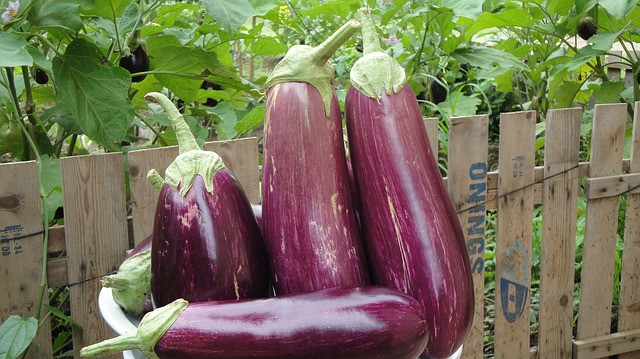
Temperature Tolerance: Eggplants prefer a warm climate, thriving in temperatures ranging from 70°F to 85°F (21°C to 29°C).
Planting Dates: Mid-June is suitable for planting eggplant seedlings, especially in zones 5-9.
Details: Eggplants require full sun and ample moisture to produce their characteristic glossy fruits. Choose varieties that best suit your culinary interests, whether that be Asian or Italian types. Eggplant plants benefit from regular fertilization and can be prone to pests like the Colorado potato beetle, so manage pests with timely interventions.
Carrots

Temperature Tolerance: Carrots prefer cooler soil and can tolerate temperatures from 50°F to 75°F (10°C to 24°C).
Planting Dates: You can still sow carrot seeds in mid-June, particularly in Zones 5 and above, where they can develop rapidly into fall.
Details: Carrots thrive best when grown in sandy, well-drained soil. Regular watering helps to ensure stable growth, leading to sweet and crunchy roots. Consider interplanting with quick-growing crops, such as radishes, to maximize garden space. Thin seedlings to avoid overcrowding, promoting healthier carrot roots.
Beets
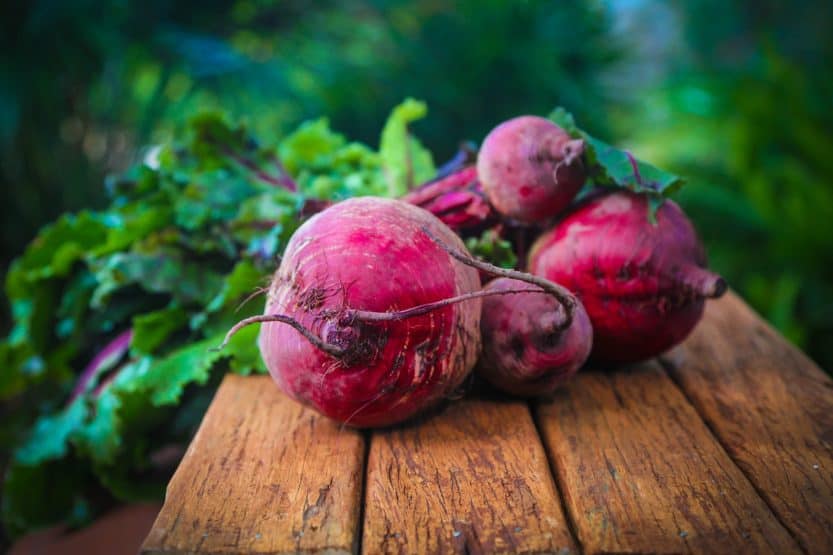
Temperature Tolerance: Beets are resilient, growing well in areas where temperatures range from 50°F to 80°F (10°C to 27°C).
Planting Dates: Beets can be planted in mid-June, particularly in zones where the soil temperature has warmed sufficiently.
Details: Beets are versatile; both the roots and the greens are edible. They thrive in well-drained, nutrient-rich soil and appreciate consistent moisture. You can opt for classic red beets or explore yellow and white varieties, each offering unique flavors. Regular harvesting of young greens promotes further growth.
Flowers To Plant
Sunflowers
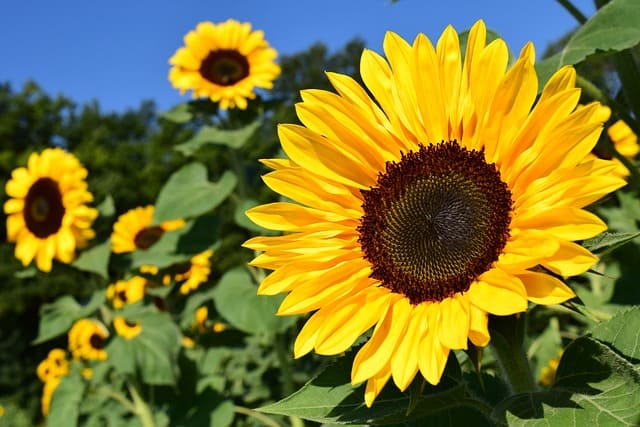
Temperature Tolerance: Sunflowers thrive in temperatures ranging from 70°F to 95°F (21°C to 35°C).
Planting Dates: Mid-June is ideal for planting sunflower seeds, especially in USDA Zones 5 through 9.
Details: Sunflowers grow rapidly and can reach impressive heights, adding a stunning visual element to any garden. They prefer sunny locations and well-drained soil. These bright blooms attract pollinators and can be harvested for their seeds. Regular watering during dry spells will help achieve the best blooms.
Zinnias
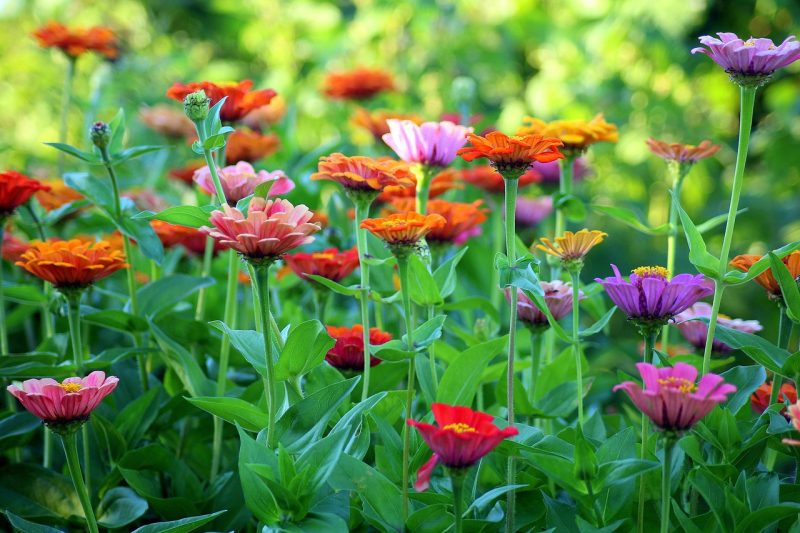
Temperature Tolerance: Zinnias perform best in warm temperatures, ideally between 65°F and 90°F (18°C to 32°C).
Planting Dates: Plant zinnia seeds outdoors in mid-June, notably in warmer climates or USDA Zones 5 through 9.
Details: Zinnias are loved for their wide range of vibrant colors and resilience. They thrive in full sun and require well-drained soil enriched with organic matter. Frequent deadheading ensures continuous blooms, making zinnias perfect for cut flower arrangements. Zinnias are also known to attract butterflies!
Marigolds
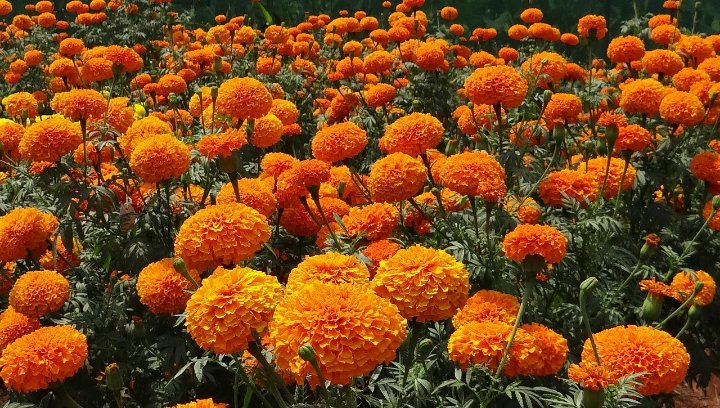
Temperature Tolerance: Marigolds thrive best in warm to hot conditions between 60°F and 80°F (16°C to 27°C).
Planting Dates: These flowers can be planted from mid-June into early summer in most USDA zones, allowing them to establish during the warm months.
Details: Marigolds are versatile flowers, effective at repelling pests that commonly affect vegetable gardens. They adapt to various soil types but thrive in well-drained conditions. Their bright colors contribute cheery accents to any garden space. To enhance growth and flourishing blooms, fertilize periodically.
Cosmos
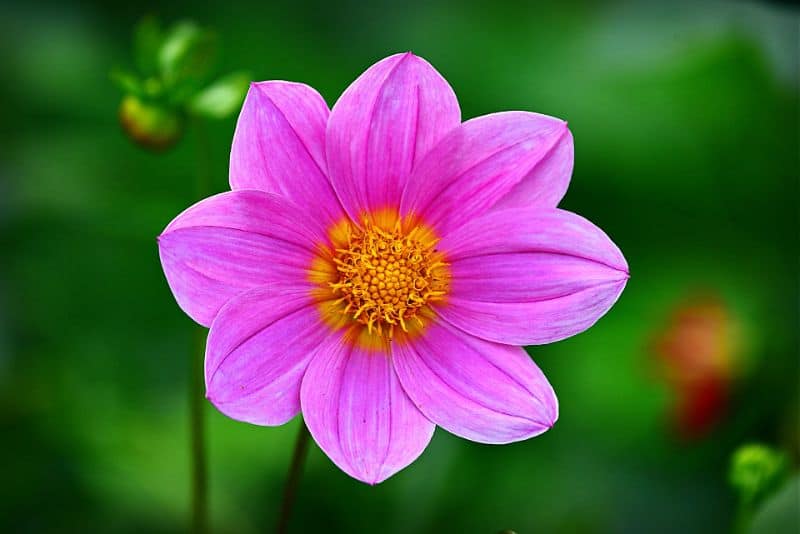
Temperature Tolerance: Cosmos prefer warmer temperatures ranging from 60°F to 95°F (16°C to 35°C).
Planting Dates: In mid-June, gardeners can sow cosmos seeds directly into the soil for an abundant bloom later in summer.
Details: Cosmos are annual flowers that bloom profusely in sunny garden locations. Their tall, airy nature makes them excellent companions for lower-growing plants. These drought-tolerant flowers benefit from deadheading to extend the blooming period and are also attractive to butterflies and beneficial insects.
Dahlias
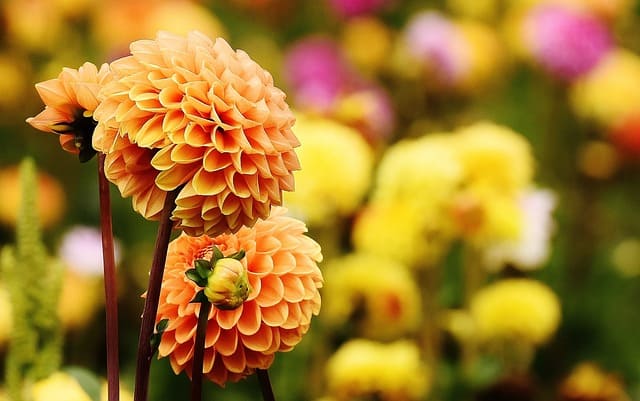
Temperature Tolerance: Dahlias ideally thrive in temperatures between 60°F and 75°F (15°C to 24°C).
Planting Dates: Plant dahlia tubers in mid-June once the threat of frost has passed, particularly in Zones 4 and above.
Details: Dahlias come in a multitude of colors, shapes, and sizes, adding drama to any garden. They need well-drained soil, plenty of sunlight, and consistent watering to flourish. Staking taller varieties is advised to prevent breakage. Digging up tubers in the fall offers extended protection through winter.
Snapdragons

Temperature Tolerance: Snapdragons prefer cooler conditions but can tolerate warmer temperatures in the range of 60°F to 75°F (15°C to 24°C).
Planting Dates: Certain varieties of snapdragons can still be successfully planted in mid-June in warmer climates.
Details: Snapdragons feature unique flower spikes and are particularly attractive to pollinators. They can bloom from spring through summer and should be planted in areas that receive full sun. Regular deadheading will encourage continuous blooming, enhancing your garden’s aesthetic.
Cleome
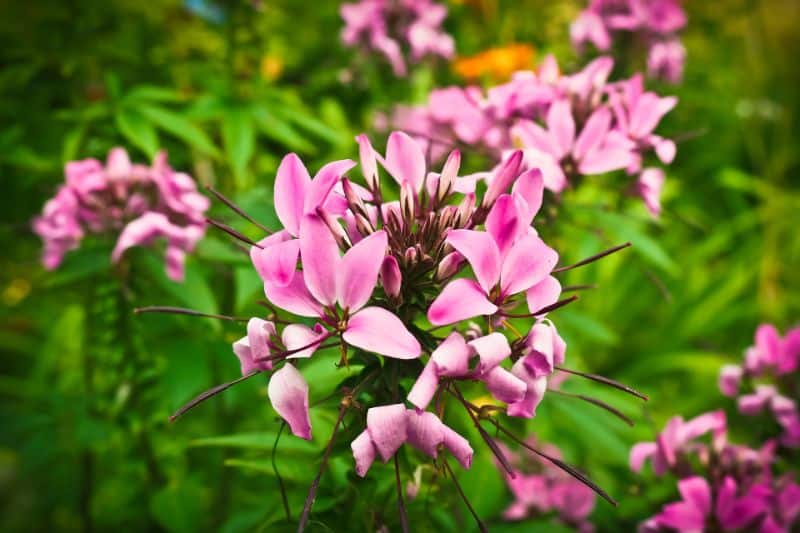
Temperature Tolerance: Cleome thrives in warm conditions, with optimal growth in temperatures ranging from 70°F to 90°F (21°C to 32°C).
Planting Dates: Sow cleome seeds directly into the garden in mid-June for vibrant summer blooms.
Details: Cleome, or spider flower, adds a unique texture with its tall, spidery blooms and delicate foliage. They do well in poor soil and tolerate drought once established, making them low maintenance. Their distinctive look attracts pollinators and enhances the beauty of your landscape.
Black-eyed Susans
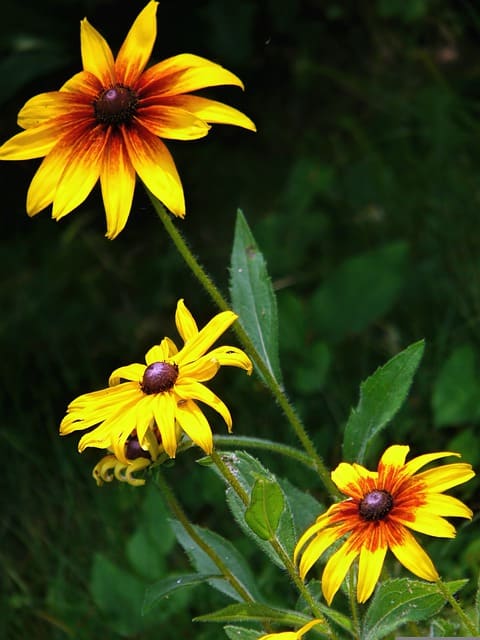
Temperature Tolerance: These flowers excel in temperatures ranging from 70°F to 85°F (21°C to 29°C).
Planting Dates: Mid-June is an appropriate time to plant black-eyed Susan seeds or transplants for late summer blooms.
Details: Black-eyed Susans are hardy perennials that attract butterflies and bees. They thrive in full sun and grow well in various soil conditions, typically requiring minimal maintenance. The flowers can continue to bloom until frost, providing extended seasonal color in gardens.
Asters
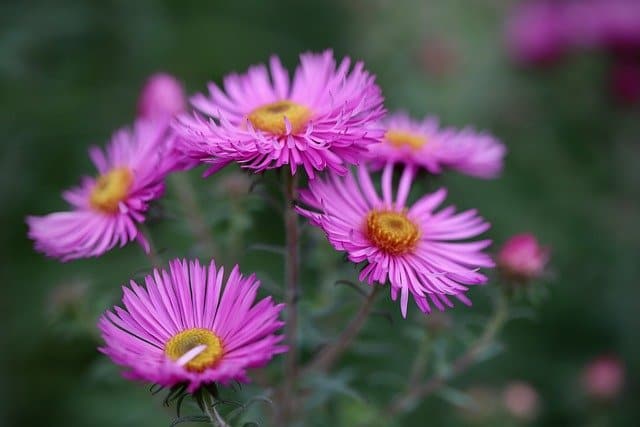
Temperature Tolerance: Asters prefer temperatures from 60°F to 75°F (15°C to 24°C).
Planting Dates: Sowing aster seeds or transplanting seedlings in mid-June allows early bloom development towards the end of summer and autumn.
Details: Asters are crucial for late-season gardens, attracting a variety of pollinators with their vibrant flowers. These perennials thrive in full sun and well-drained soil. Their diverse varieties produce blooms in a range of colors, providing visual interest as other summer flowers fade.
Larkspur
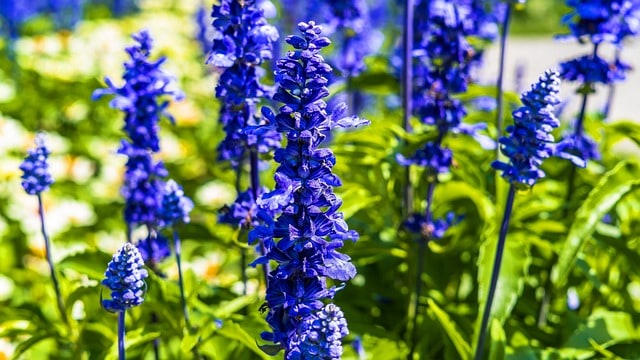
Temperature Tolerance: Larkspur thrives well in cooler temperatures but can withstand heat ranging from 65°F to 80°F (18°C to 27°C).
Planting Dates: Though generally planted in spring, mid-June can still be suitable for late-summer blooms in warmer zones.
Details: Larkspur features elegant spikes of flowers that add vertical interest in gardens. Plant these in well-drained soil, where they appreciate partial shade to prevent overheating. Their blooms attract pollinators, and patience is key, as seeds can take time to germinate.
Herbs To Plant
Basil
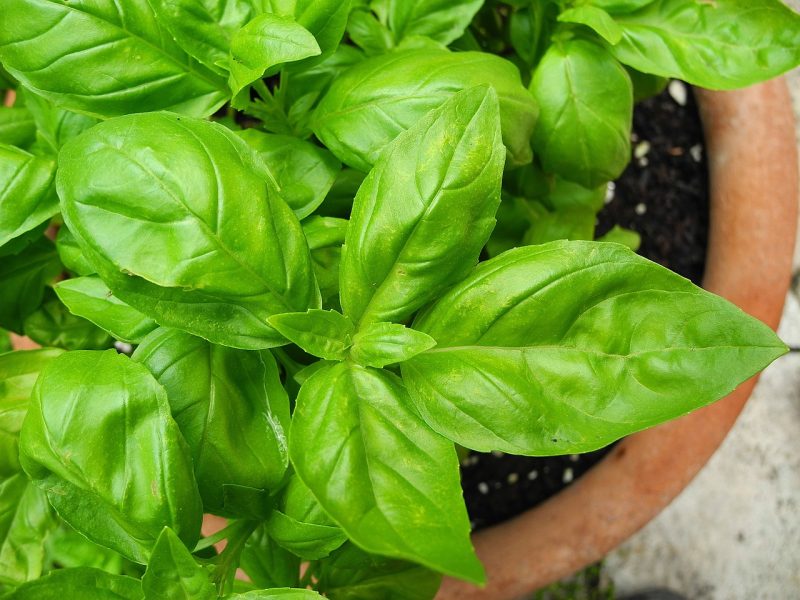
Temperature Tolerance: Basil loves warmth and thrives at temperatures between 70°F to 90°F (21°C to 32°C).
Planting Dates: Planting basil seeds or transplants in mid-June is ideal, especially once there is no risk of frost.
Details: Basil is a culinary favorite for its aromatic leaves. Regular harvesting encourages bushier growth, and the plant thrives in well-drained, nutrient-rich soil and full sunlight. Ensuring they don’t flower will enhance leaf production. Encourage a robust harvest by pinching off flowers before they develop.
Cilantro
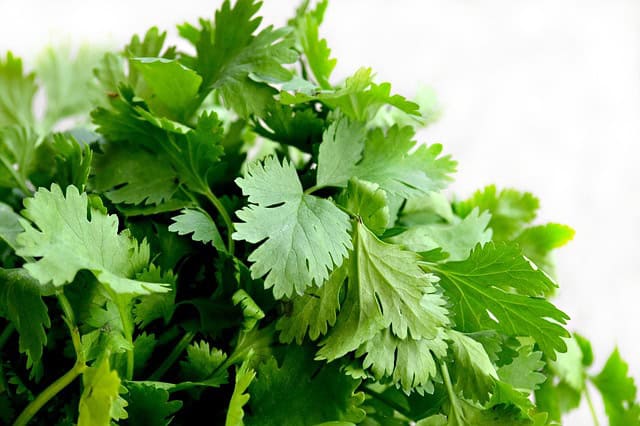
Temperature Tolerance: Cilantro prefers cooler temperatures, ideally between 60°F to 80°F (15°C to 27°C).
Planting Dates: Sow cilantro seeds in mid-June in areas that receive partial shade, as it can bolt quickly in hot conditions.
Details: Cilantro has a short growing cycle; both the leaves and seeds (coriander) are edible. Succession planting every few weeks ensures a continuous harvest. For enhanced flavor, water regularly without letting the soil dry out.
Parsley
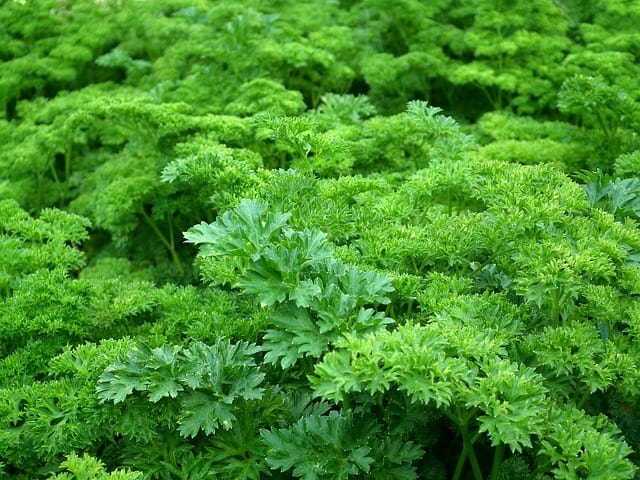
Temperature Tolerance: Parsley grows well between 60°F to 70°F (15°C to 21°C) but can tolerate suboptimal conditions.
Planting Dates: Mid-June is an excellent time to plant parsley for a steady supply of fresh greens.
Details: Parsley can thrive in well-drained soil and partial sun. This biennial herb is often treated as an annual in home gardens. Regular harvesting prolongs the growing season; it can also serve as a companion plant to deter pests in other crops.
Chives
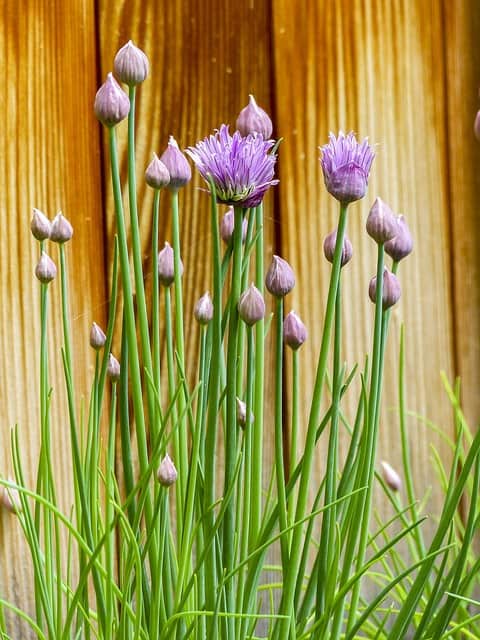
Temperature Tolerance: Chives enjoy cool temperatures and can grow well between 60°F to 75°F (15°C to 24°C).
Planting Dates: Mid-June is suitable for planting chives as they establish easily.
Details: Chives are versatile, both in the kitchen and garden. Their edible flowers are also delightful. These perennial herbs can thrive in various soil types but prefer well-drained conditions. They can withstand light frost, enabling a long growing season.
Mint
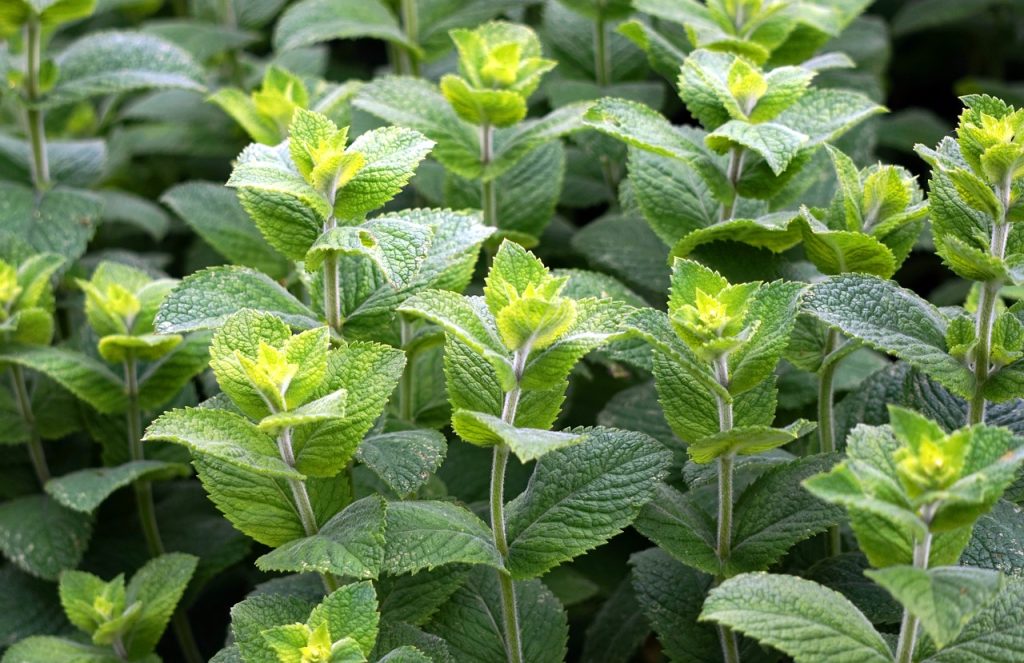
Temperature Tolerance: Mint thrives best in temps ranging from 60°F to 80°F (15°C to 27°C).
Planting Dates: Mid-June is ideal for planting mint as long as it has ample moisture.
Details: Mint is a vigorous grower. Planting it in containers can prevent invasiveness, allowing you to enjoy fresh mint for teas and garnishes. Mint prefers partial shade, especially in hotter climates, and can thrive in rich, moist soil.
Dill

Temperature Tolerance: Dill prefers temperatures between 70°F to 75°F (21°C to 24°C) for optimal growth.
Planting Dates: Mid-June is suitable for dill, as it establishes quickly.
Details: Dill can thrive in well-drained soil with full sun exposure. It has a relatively short growing season, so regular harvesting encourages ongoing growth. Dill attracts beneficial insects, making it a great addition to vegetable gardens.
Oregano
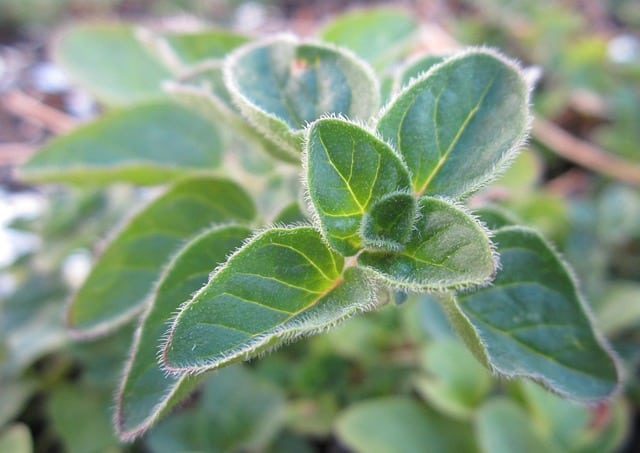
Temperature Tolerance: Oregano thrives at temperatures from 70°F to 85°F (21°C to 29°C).
Planting Dates: Plant seedlings in mid-June for a late-summer herb harvest in fertile, well-drained soil.
Details: Oregano adds wonderful flavor to numerous dishes and thrives in sunny locations. This perennial herb requires minimal care and can be cultivated both indoors and outdoors. Regular harvesting encourages bushier growth and more flavorful leaves.
Thyme
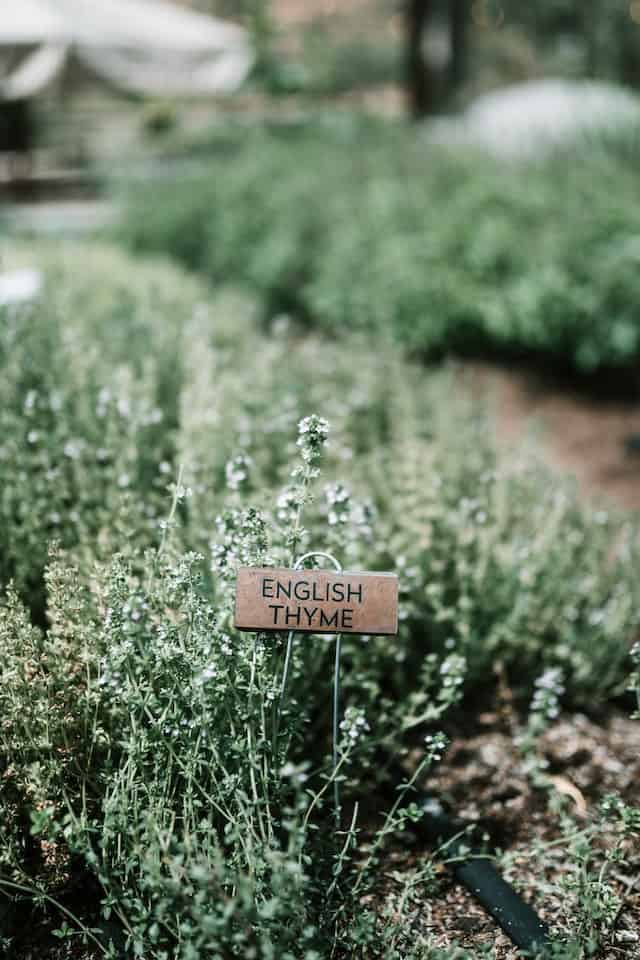
Temperature Tolerance: Thyme prefers warmer conditions with optimal temperatures between 70°F to 85°F (21°C to 29°C).
Planting Dates: Mid-June is a great time to establish thyme, ideally in dry, well-draining soil.
Details: Thyme is a hardy perennial that offers a wonderful aroma and flavor. Being drought-resistant, it thrives in sunny spots. Frequent harvesting and proper pruning will both enhance growth and maintain plant shape.
Rosemary

Temperature Tolerance: Rosemary thrives in temperatures ranging from 60°F to 75°F (15°C to 24°C).
Planting Dates: Mid-June is favorable for establishing rosemary, especially in warmer climates.
Details: This aromatic perennial requires well-drained soil and ample sunlight. Rosemary can be sensitive to frost, so consider planting in areas with good protection. When harvested regularly, this herb can flourish year-round.
Tarragon
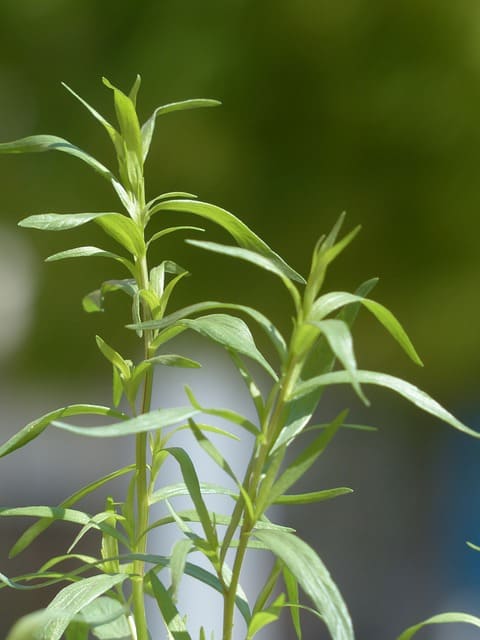
Temperature Tolerance: Tarragon grows best in warmer conditions, ideally from 70°F to 80°F (21°C to 27°C).
Planting Dates: Mid-June is an ideal time to plant established tarragon plants, particularly in zones 6 through 9.
Details: Tarragon is often considered a gourmet herb. It flourishes in well-drained soil with full sun. Winter protection is advisable in colder climates to ensure survival and continued growth in the next growing season.
Landscape Plants To Plant
Daylilies
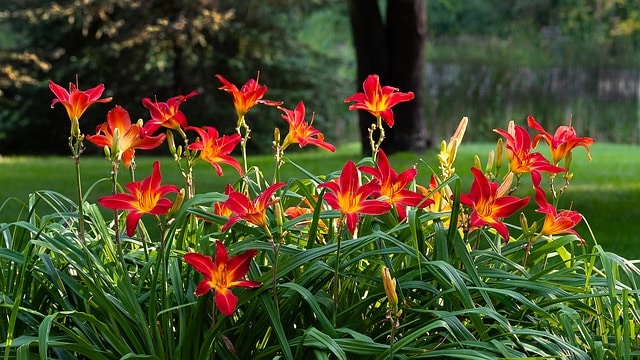
Temperature Tolerance: Daylilies can tolerate a wide range of temperatures from 60°F to 90°F (16°C to 32°C).
Planting Dates: Sow daylily bulbs or roots in mid-June for substantial growth and bloom the following year.
Details: These perennials are incredibly hardy and adaptable. Once established, they require minimal care and thrive in well-drained soil and full sun. Their flowers bloom for a day, but each plant produces multiple blooms throughout the season. Deadheading encourages re-blooming.
Japanese Maples
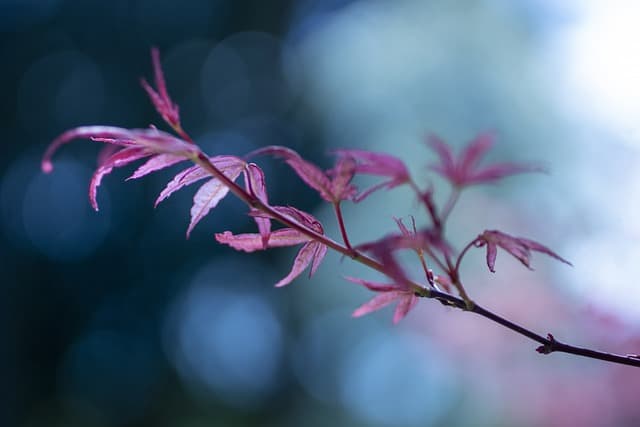
Temperature Tolerance: Most Japanese maples thrive in zones with temperatures from 60°F to 80°F (15°C to 27°C).
Planting Dates: Young Japanese maples should ideally be planted in mid-June once the danger of frost has passed.
Details: These ornamental trees are prized for their stunning foliage. They prefer partial shade, particularly in sunnier climates, to prevent leaf scorch. Acclimating newly planted trees to sunlight is essential to their health. Selecting a suitable size and type will ensure they thrive in their designated location.
Hydrangeas
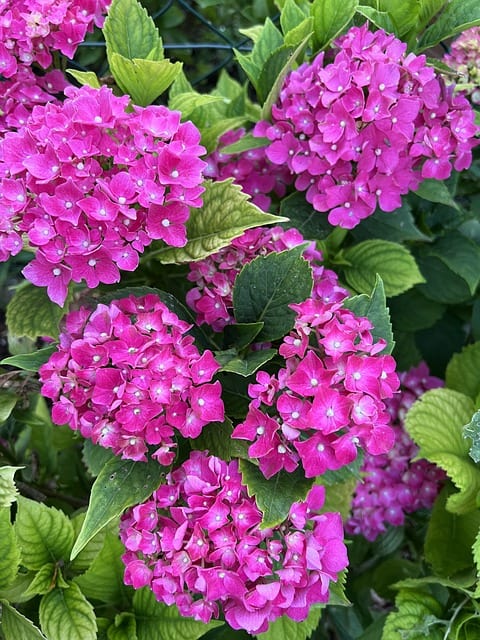
Temperature Tolerance: Hydrangeas grow well in moderate temperatures ranging from 60°F to 80°F (15°C to 27°C).
Planting Dates: Mid-June offers a great opportunity for planting hydrangeas to establish roots before the heat of summer.
Details: These popular ornamental plants are known for their large, colorful. They prefer well-drained, moist soil. Different varieties can be selected based on their blooming season and bloom color may be influenced by the soil pH. Deadheading promotes new growth and can boost blooming.
Ornamental Grasses
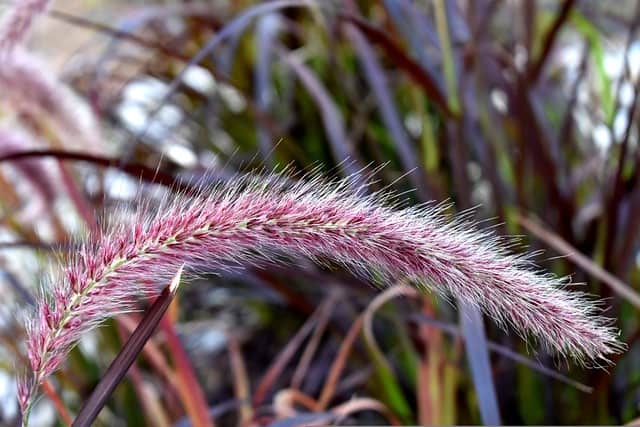
Temperature Tolerance: Ornamental grasses thrive in warm weather, ideally between 70°F to 90°F (21°C to 32°C).
Planting Dates: Mid-June is suitable for planting ornamental grasses, especially in USDA Zones 5 and above.
Details: These plants add year-round interest and texture to gardens. They thrive in sunny spots and prefer well-drained soil. Established ornamental grasses are drought-tolerant, making them low-maintenance landscape options. Regular pruning and cutting back in early spring help their growth.
Dwarf Conifers
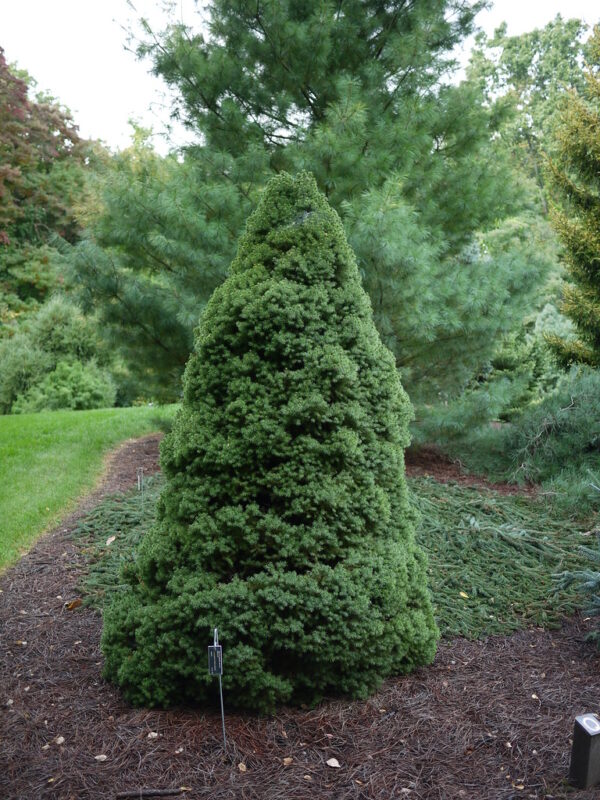
Temperature Tolerance: Dwarf conifers tolerate various temperatures depending on the type, generally ranging from 60°F to 80°F (15°C to 27°C).
Planting Dates: Mid-June allows for planting of younger dwarf conifers for robust root establishment.
Details: Dwarf conifers provide structure and year-round greenery. They are suitable for smaller gardens, as most varieties stay compact. Best planted in well-drained soil, they do well in full sun or partial shade. This selection can create an interesting backdrop for seasonal flowering plants.
Peonies

Temperature Tolerance: Peonies thrive in cool to moderate temperatures, ideally between 60°F to 75°F (15°C to 24°C).
Planting Dates: Mid-June is an optimal time for planting bare-root or potted peonies to establish in warm soil.
Details: Peonies are beloved for their large, fragrant blooms and can last many years in the garden. They prefer full sun and rich, well-drained soil. Routine care includes dividing mature roots every three to four years. These plants can withstand drought once established but do appreciate consistent moisture.
Lavender
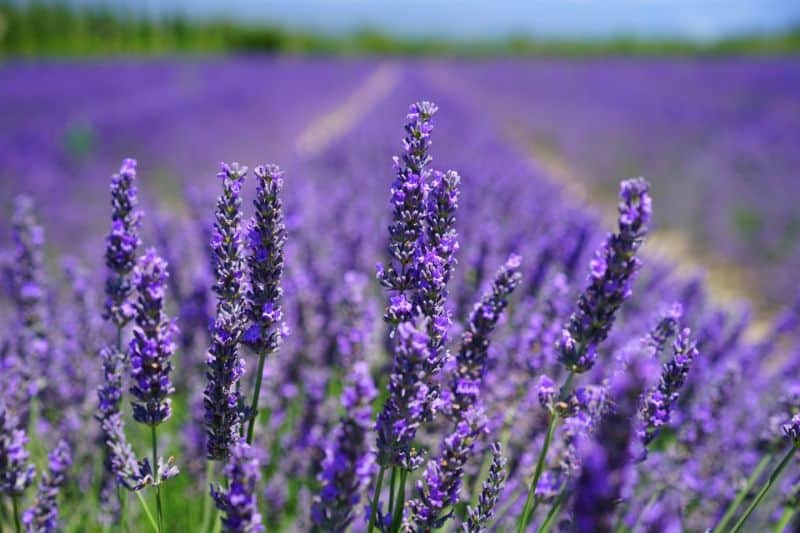
Temperature Tolerance: Lavender thrives in warm to hot conditions, ideally between 70°F and 85°F (21°C to 29°C).
Planting Dates: Mid-June is perfect for planting lavender, particularly established seedlings ready for outdoor growth.
Details: Lavender is a resilient, fragrant herb often used in culinary, medicinal, and cosmetic applications. It prefers well-drained soil—often sandy or gravelly—and full sun. Regular harvesting encourages bushier growth and enhances the fragrance. Drought-tolerant once established, it can also deter pests in vegetable gardens.
Boxwood

Temperature Tolerance: Boxwoods adapt to various temperatures, thriving between 60°F and 80°F (15°C to 27°C).
Planting Dates: Mid-June is great for planting boxwood shrubs in well-drained soil.
Details: Commonly used for hedges and borders, boxwoods are evergreen and withstand pruning well, making them versatile. They require careful attention to watering, especially upon establishment. Regular clipping helps maintain their shape and dense growth.
Roses
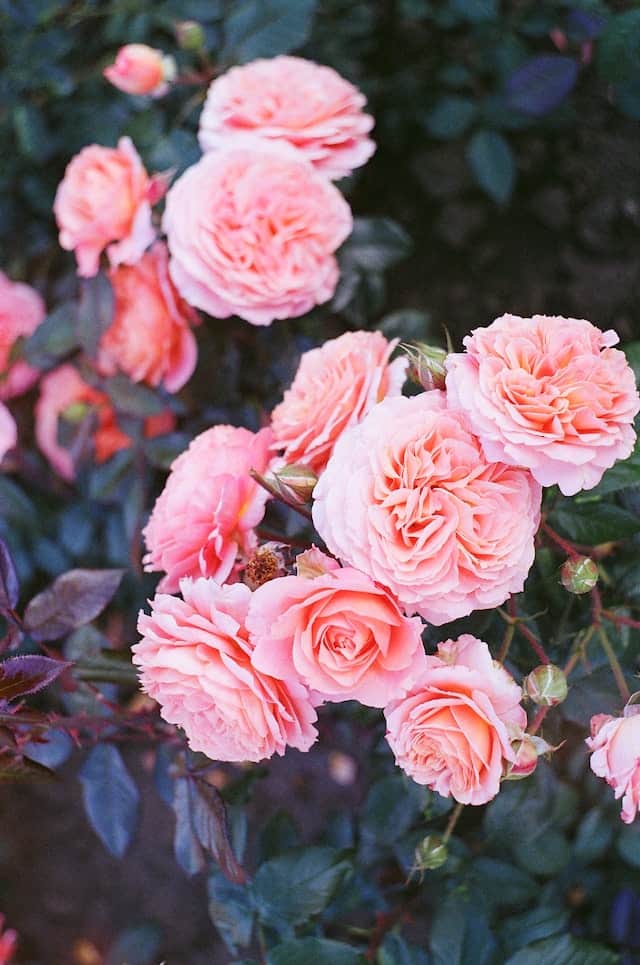
Temperature Tolerance: Most roses flourish in temperatures from 60°F to 85°F (16°C to 30°C).
Planting Dates: Mid-June is suitable for planting container roses or bare-root varieties.
Details: Roses are classic garden plants that require full sun and well-draining soil. Regular deadheading and fertilization promote continued blooming. Selecting disease-resistant varieties helps manage common issues like black spot and aphids. Mulching can assist with temperature regulation and moisture retention.
Hellebores
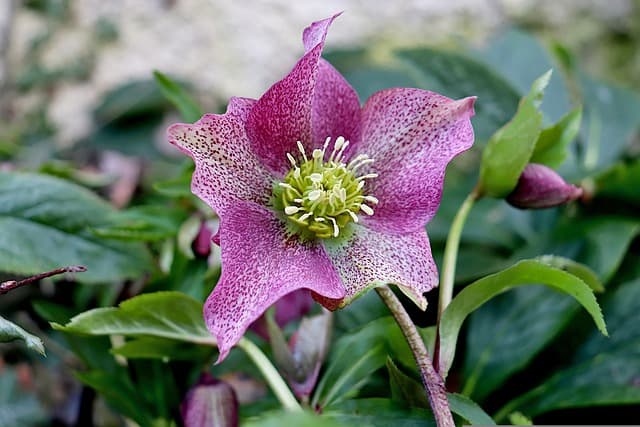
Temperature Tolerance: Hellebores prefer cooler conditions, thriving between 50°F and 70°F (10°C to 21°C).
Planting Dates: Mid-June can still be suitable for establishing hellebores in many USDA zones, particularly in parts of the country with milder summers.
Details: Hellebores are unique perennial flowers often blooming in early spring, providing opportunities for early-season color. They thrive in partial to full shade and prefer well-drained soils enriched with organic matter. Regular watering helps maintain growth, particularly in the summer months. Select varieties for varied blooming times.



